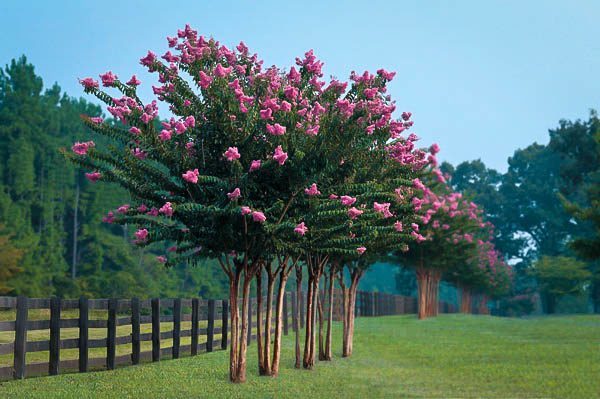Crepe Murder Revisited
go.ncsu.edu/readext?391211
en Español / em Português
El inglés es el idioma de control de esta página. En la medida en que haya algún conflicto entre la traducción al inglés y la traducción, el inglés prevalece.
Al hacer clic en el enlace de traducción se activa un servicio de traducción gratuito para convertir la página al español. Al igual que con cualquier traducción por Internet, la conversión no es sensible al contexto y puede que no traduzca el texto en su significado original. NC State Extension no garantiza la exactitud del texto traducido. Por favor, tenga en cuenta que algunas aplicaciones y/o servicios pueden no funcionar como se espera cuando se traducen.
Português
Inglês é o idioma de controle desta página. Na medida que haja algum conflito entre o texto original em Inglês e a tradução, o Inglês prevalece.
Ao clicar no link de tradução, um serviço gratuito de tradução será ativado para converter a página para o Português. Como em qualquer tradução pela internet, a conversão não é sensivel ao contexto e pode não ocorrer a tradução para o significado orginal. O serviço de Extensão da Carolina do Norte (NC State Extension) não garante a exatidão do texto traduzido. Por favor, observe que algumas funções ou serviços podem não funcionar como esperado após a tradução.
English
English is the controlling language of this page. To the extent there is any conflict between the English text and the translation, English controls.
Clicking on the translation link activates a free translation service to convert the page to Spanish. As with any Internet translation, the conversion is not context-sensitive and may not translate the text to its original meaning. NC State Extension does not guarantee the accuracy of the translated text. Please note that some applications and/or services may not function as expected when translated.
Collapse ▲The term ”crepe murder” has been around a few years now and is used to refer to the horrible pruning disasters that are the fate of many of our crepe myrtles. Improper pruning, or crepe murder, can take a tree that is beautiful even if it is never touched and turn it in to an ugly mess of stumpy branches and weak, sagging limbs with few to no flowers.
Why do people feel that they have to go to such drastic measures? Well, most of the time it is because they have put the wrong plant in the wrong place. A crepe myrtle isn’t just a crepe myrtle. They can be good sized trees with some varieties such as Natchez, Muskogee or Dynamite reaching up to 30 feet tall. When it starts to take over the view from the front windows or buckle a cement walkway, folks tend to find fault with the tree rather than with their poor planting choices. That’s when the loppers and saws come out and what was once a beautiful, flowering summer tree quickly becomes an eyesore in the landscape.
Before purchasing, always read the label for mature growth sizes. There are many, many crepe myrtles that grow in all sizes, some as small as 3 feet that can fit in a desired spot without ever having a branch trimmed. If you need suggestions, call the Extension office for a recommendation but don’t buy blindly or just for color. Know before you grow!
But crepe myrtles can occasionally benefit from a proper haircut. If you want to prune, use these guidelines:
- Remove suckers from the plant base
- Take off all side branches up to 4 feet from the ground
- Prune out higher branches growing in towards the center of the tree
- Take out any branch that is rubbing or crossed over another branch
- Cut out dead limbs
- Take away any limb that looks awkward or detracts from the shape
But knowing what to prune does no good if you prune at the wrong time. Crepe myrtles are summer flowering plants that flower on the current year’s growth. Pruning must be done early in the season before the flower buds are formed. Prune in late January or February. The summer’s buds won’t be formed until new growth starts in the spring. Choose a sunny, well-drained area with enough space to accommodate your selection because these summer bloomers need full sun to really show their full beauty.
Nothing says summer in the south like a crepe myrtle. They are tough, fast growing and long lived with the ability to bloom their heads off when treated with the proper respect due this southern summer staple.





